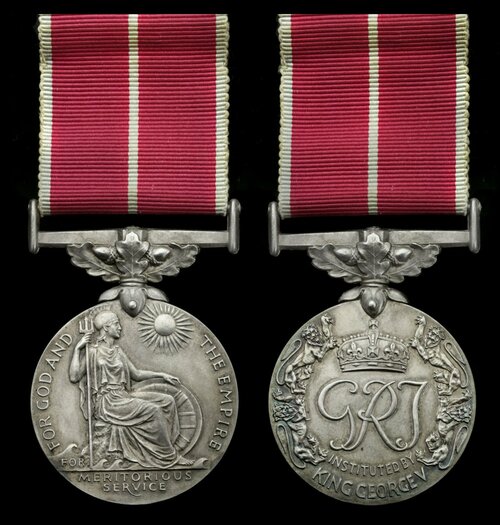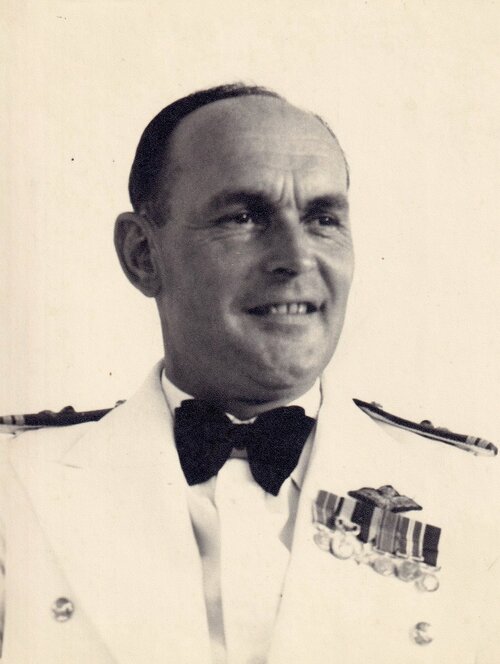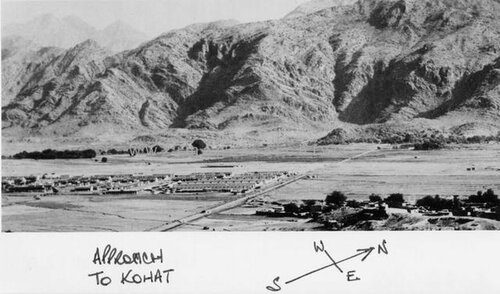Auction: 21002 - Orders, Decorations and Medals
Lot: 260
The scarce 'North West Frontier 1939' B.E.M. awarded to Squadron Leader B. Lock, whose dedication and skill saw him rise to a decorated Warrant Officer and again to become a Squadron Leader over the course of his remarkable 35-year career
British Empire Medal, G.VI.R., Military Division (363161 Sergt. Bertie Lock, R.A.F.) in Royal Mint case of issue, extremely fine
One of 3 B.E.M.'s awarded for operations in Waziristan 1939.
B.E.M. London Gazette 25 October 1940:
‘In recognition of gallant and distinguished service with the Royal Air Force during the operations in Waziristan for the period 1 January to 31 December 1939’
Bertie Lock was born 10 April 1907 and joined the Royal Air Force as a Boy Entrant on 19 September 1922 at RAF Halton. The next year he began training as an Apprentice Carpenter Rigger on 15 October 1923. Having qualified as an Aircraftman Class II on 10 April 1925 he was soon promoted to Aircraftman Class I and remustered to Rigger Group 1 on 18 August 1925. The next year he was employed in this role upon a flight of four Fairey IIID’s which made the first Cairo-Cape Flight. Posted to Iraq on 1 October 1928 he later made the trip himself, taking part in the journey with No. 216 bomber Squadron arriving back in Cairo on 11 March 1931.
Later he trained as a Pilot at the Flying Training School in Abu Sueir on 3 June 1931. Promoted Sergeant Pilot on 5 March 1932 Lock served with No. 57 Squadron at Upper Heyford from 1933, being married here in 1934. After period with No. 4 Wing, Electronic and Wireless School at Cranwell from 19 October 1936 he was promoted Flight Sergeant on 1 July 1937.
Lock remustered as a Carpenter Rigger (Pilot) on 1 July 1938 and was posted to India on 25 October 1938, serving with No. 28 Squadron at Ambala. This formation soon relocated to Kohat on 27 February 1939 and, while here Lock was lucky to survive a crash when his Hawker Audax proved not to have enough power to take off on 16 July 1939. It was for his tireless actions at this time that he was awarded the B.E.M. as the recommendation makes clear:
‘This N.C.O. is Flight Sergeant in charge of ‘A’ Flight No.28 Squadron, and has taken a large part in maintaining aircraft of the Squadron during 1939. From 25th February to 24th March he was at Miranshah, when his flight carried out some 250 hours flying on the Tori Khel and Karesta proscriptions and in support of ground forces. In the middle of July, immediately after being involved in an aircraft accident, he was again sent to Noranshah [sic] and his flight carried out some further 90 hours operational flying. In August, at Miranshah, under conditions of trying heat and without the full facilities which a station offers, he achieved remarkable result in maintaining an enlarged; flight over 640 hours operational flying were carried out by his aircraft over the Ahmadzai and Kharre proscription areas and in support of ground troops. After returning to Kohat in September, his flight continued to be engaged in operational flying and completed a further 560 hours, mainly being engaged on Ahmedzai proscription. In addition to this extremely high level of maintenance, he has also set a fine example to his flight and is most helpful to all ranks who come in touch with him.’
Appointed Acting Warrant Officer on 18 February 1940, his B.E.M. was issued to him at Khohat in the same year. Sent to Flying Training School in Khohat on 18 December 1940 and later returned to Britain, serving in a string of Home Establishments until being granted an Emergency Commission as a Flying Officer (Technical) on 22 April 1943. Posted to Headquarters, Flying Training Command on 23 April 1943, he spent the rest of the war in various training roles related to engineering. Promoted Flight Lieutenant (Technical) 2 July 1946 and posted the next year to Headquarters, Mediterranean Middle East at Cairo on 23 April 1947, moving to El Hamra a month later on 3 May 1947. While in the Middle East he served with No. 205 Group and No. 109 Maintenance Unit from 1947-1950. Transferred to No. 57 Squadron on 12 January 1950 and joining them that same year for their Malaya Operations in Singapore on 20 July. Returning to Britain he was posted to Headquarters, Bomber Command on 1 January 1952 and advanced Squadron Leader 1 January 1953. His role here was again an engineering one although he also worked as a liaison with Vickers, Lock retired on 10 April 1957; sold together with a large archive of copied research including, service records, official communications and photographs.
Note: this appears to be the original award to the recipient. Another B.E.M., together with his other awards, is known to the market.
Subject to 20% VAT on Buyer’s Premium. For more information please view Terms and Conditions for Buyers.
Sold for
£650
Starting price
£240











